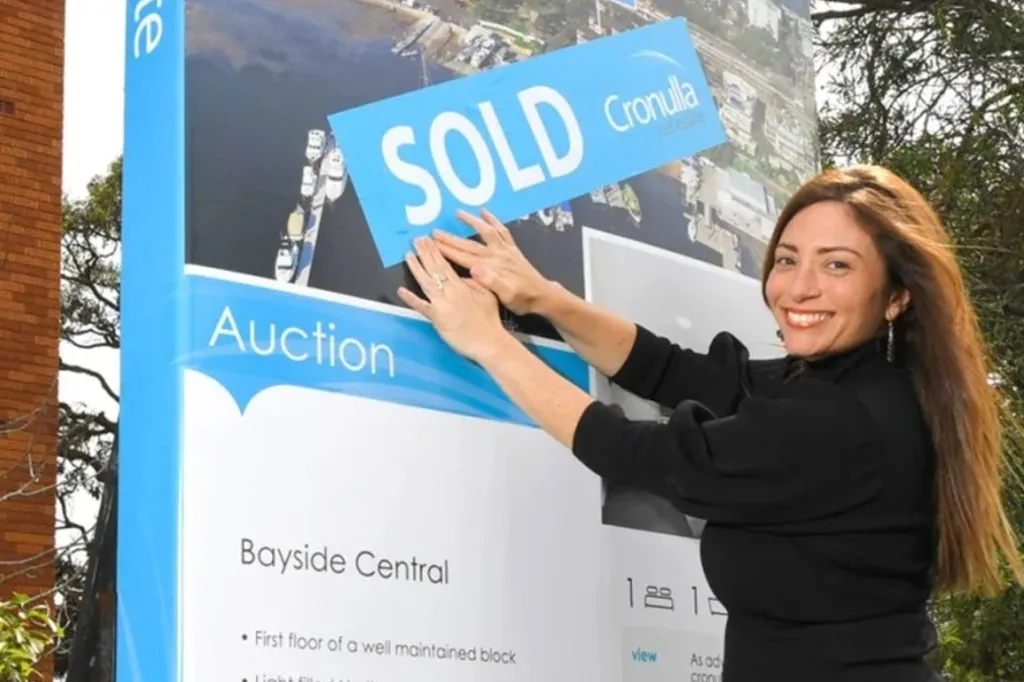Major parties woo first-time buyers – their policies explained
First-home buyers are in the spotlight as the major political parties announce policies they say will get people into their own homes sooner.
So what are they?
Both major parties delivered their housing policies at their campaign launches last weekend.
Labor and the Coalition both had first-home buyers as their target, as young voters face housing shortages and rising prices and are struggling to get on the first rung of the property ladder.
Under Labor, first-home buyers could purchase a home with just a 5 per cent deposit, with the government guaranteeing the remaining amount currently needed for lender’s mortgage insurance.
This is, to an extent, an existing policy for first-home buyers under the Albanese government.
Under the First Home Buyers Guarantee, the government effectively acts as a guarantor on loans, eliminating the need for lenders’ mortgage insurance. This is capped at annual incomes of $125,000 for single first-home buyers and $200,000 a year for couples. It is also capped at 50,000 people a year.
Last weekend’s election announcement effectively means the scheme will have no income limits and no caps on numbers.
The only restriction would be on the price of the home, which would be capped relative to the average for each city or region.
You might like
Labor has also committed $10 billion to build 100,000 homes exclusively for first-home buyers, as part of its broader 1.2 million new homes target.
The Coalition, meanwhile, also targeted first-home buyers.
Under its policies, first-home buyers of new-build homes would be able to deduct the mortgage interest on loans of up to $650,000 from their income tax. This is limited to five years.
There is no limit to the price of the property nor the size of the mortgage. However, the first-home buyers scheme will be means-tested and available to singles with incomes up to $175,000 and $250,000 for couples.
On the supply side, the Coalition has also proposed a $5 billion infrastructure fund to unlock land and enable the construction of 500,000 new homes.
What an expert says
Ray White Group chief economist Nerida Conisbee said the parties had targeted different areas of difficulty for first-home buyers.
“Labor’s approach tackles the initial deposit hurdle,” she said.
“Currently, about 50,000 Australians annually access an income-capped version of this scheme, but the government expects this to increase to around 80,000 under the expanded program.
“The scheme removes the need for lenders’ mortgage insurance, potentially saving first-home buyers tens of thousands of dollars upfront. This would apply to both established and new homes, with price caps still in place.”
On the other hand, the Coalition is targeting the ongoing costs of buying a home.
Stay informed, daily
“The Coalition’s plan instead focuses on reducing ongoing mortgage costs through tax deductions, but only for newly built properties,” Conisbee said.
“Their strategy aims to incentivise new construction by providing substantial tax benefits to those willing to purchase new homes.”
Supply and demand
Conisbee said the fundamental issue in housing affordability was the balance between supply and demand, and each party’s policy addressed it differently.
“Labor’s deposit guarantee scheme will certainly be popular but risks further inflating property prices by increasing buyer capacity without adequately addressing supply constraints,” she said.
“The Productivity Commission’s research on first-home buyer incentives consistently shows that measures increasing purchasing power often lead to price increases in the targeted market segments.”
The Coalition has outlined a different approach.
“The Coalition’s approach more directly targets supply by limiting benefits to newly constructed homes and focusing on infrastructure investment to unlock development opportunities,” she said.
“This addresses one of the biggest challenges in housing development – the high infrastructure charges and regulatory barriers associated with releasing new residential land.”
Independent economist Saul Eslake was particularly sceptical of the Coalition’s proposed saving of about $12,000 with a taxable income of $120,000 under its plan.
“[Buyers] will take out bigger mortgages,” he said.
“So house prices will go up – as they always do.”
Eslake said any first-home buyers policy that allowed Australians to spend more on housing than they otherwise would have been able to would lead to more expensive housing and fewer people entering the market.
He said both announcements would further push up housing prices.
“This is a bad day for aspiring home-buyers,” he said.
This article first appeared on View.com.au. Read the original here




